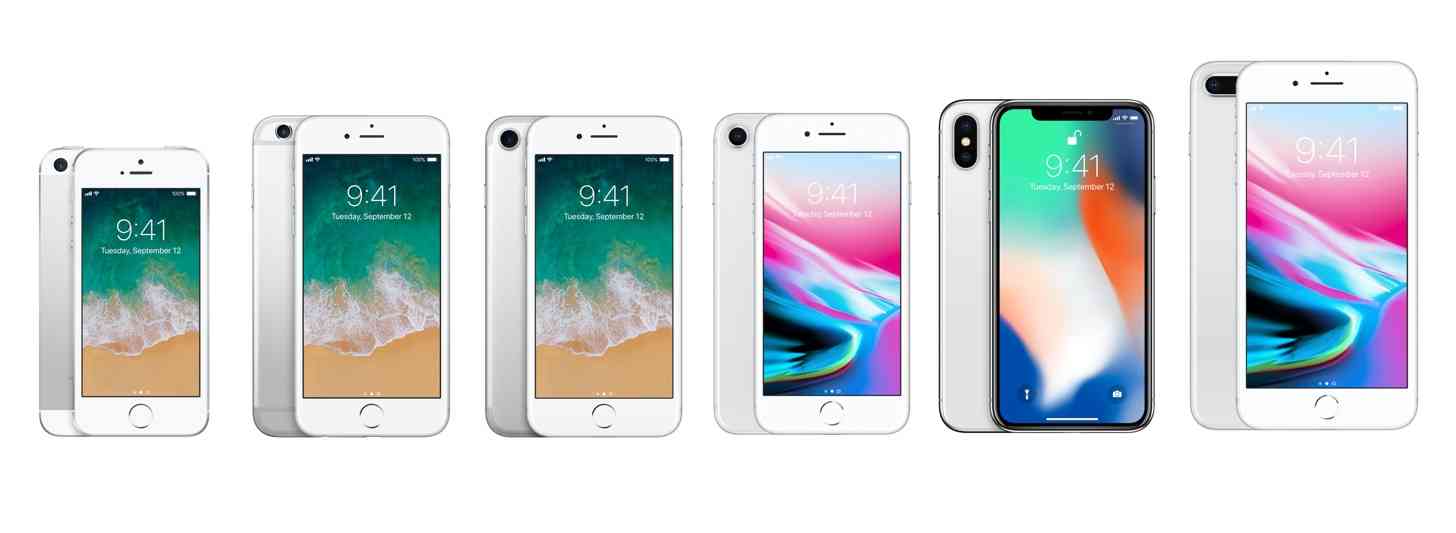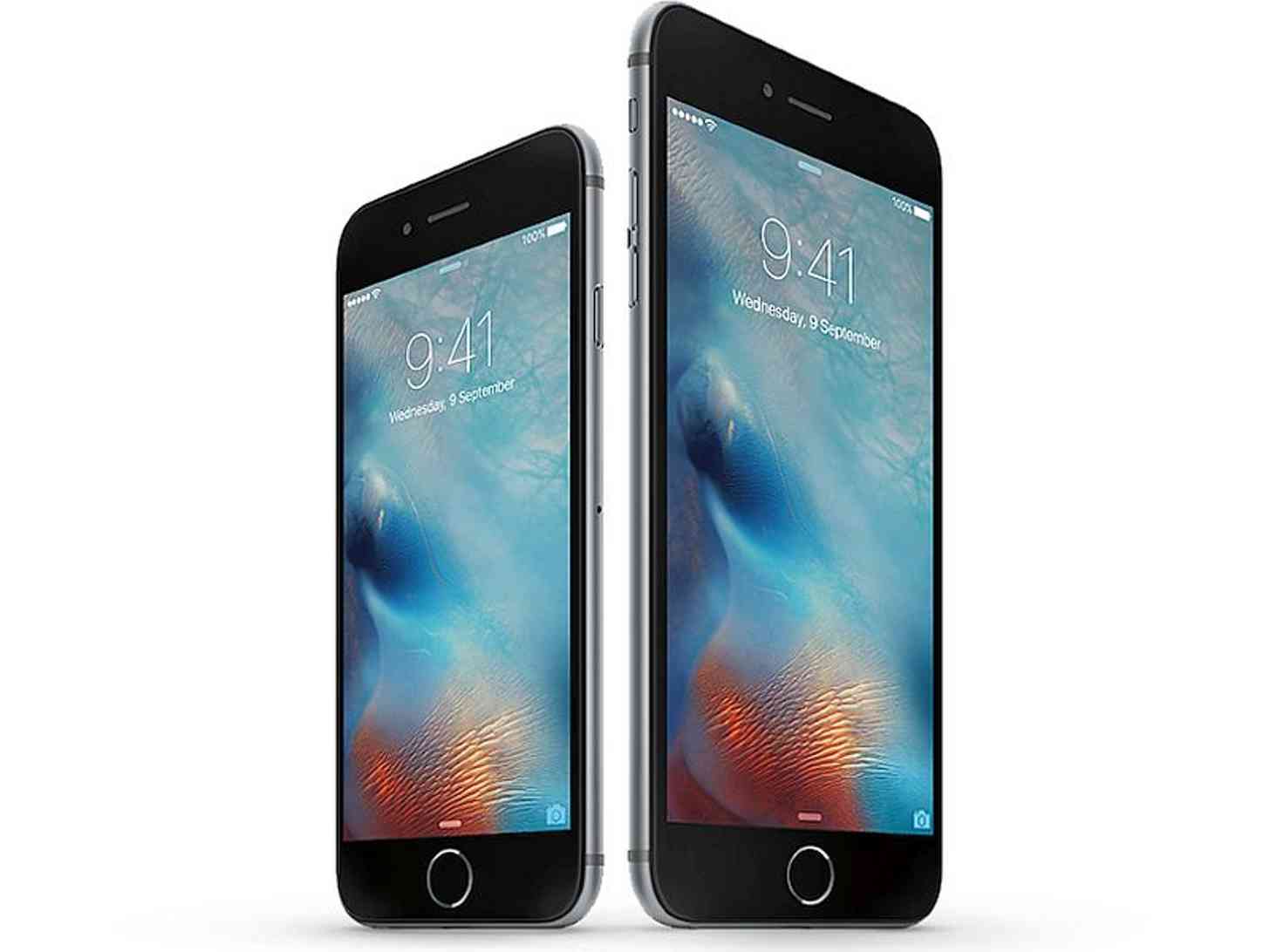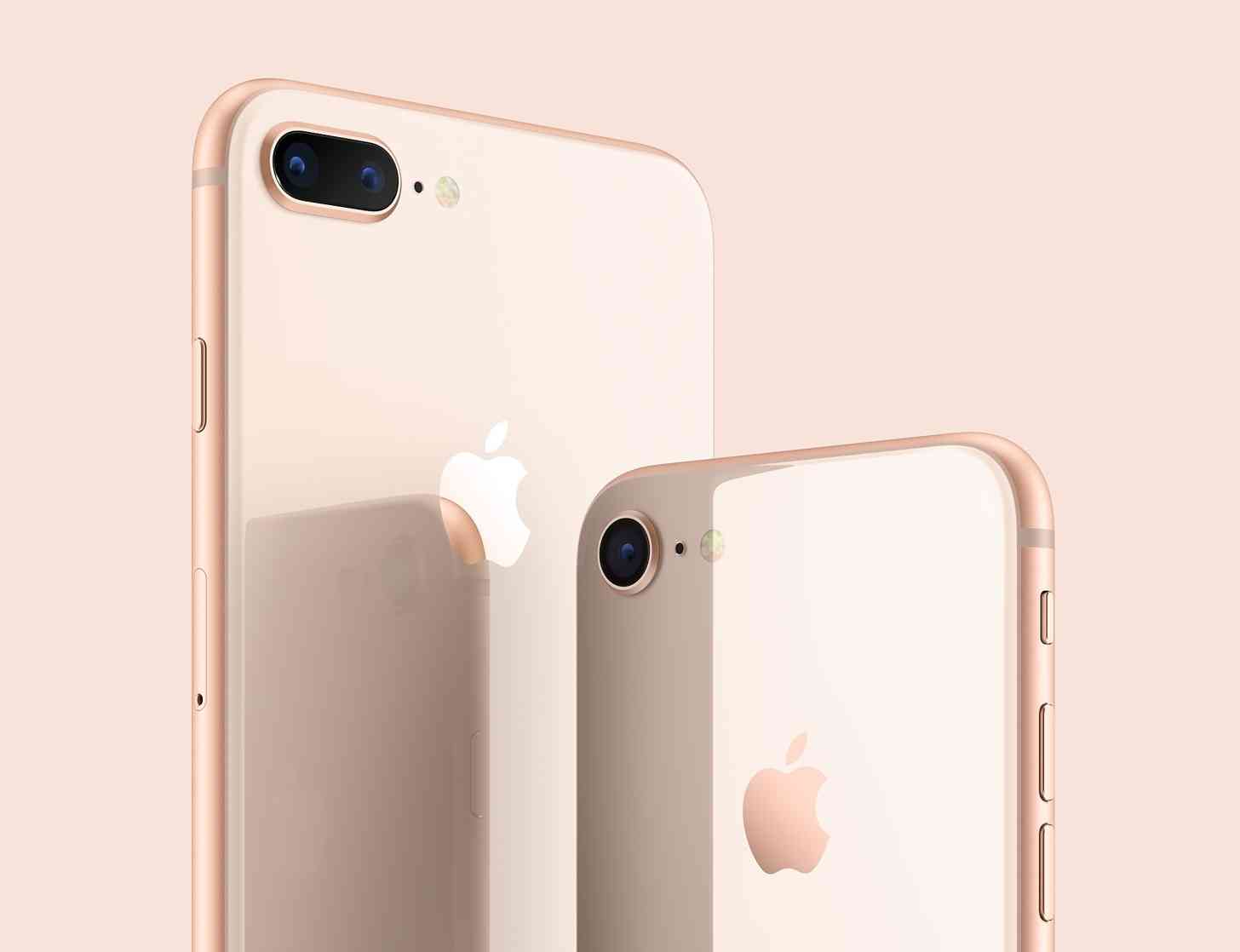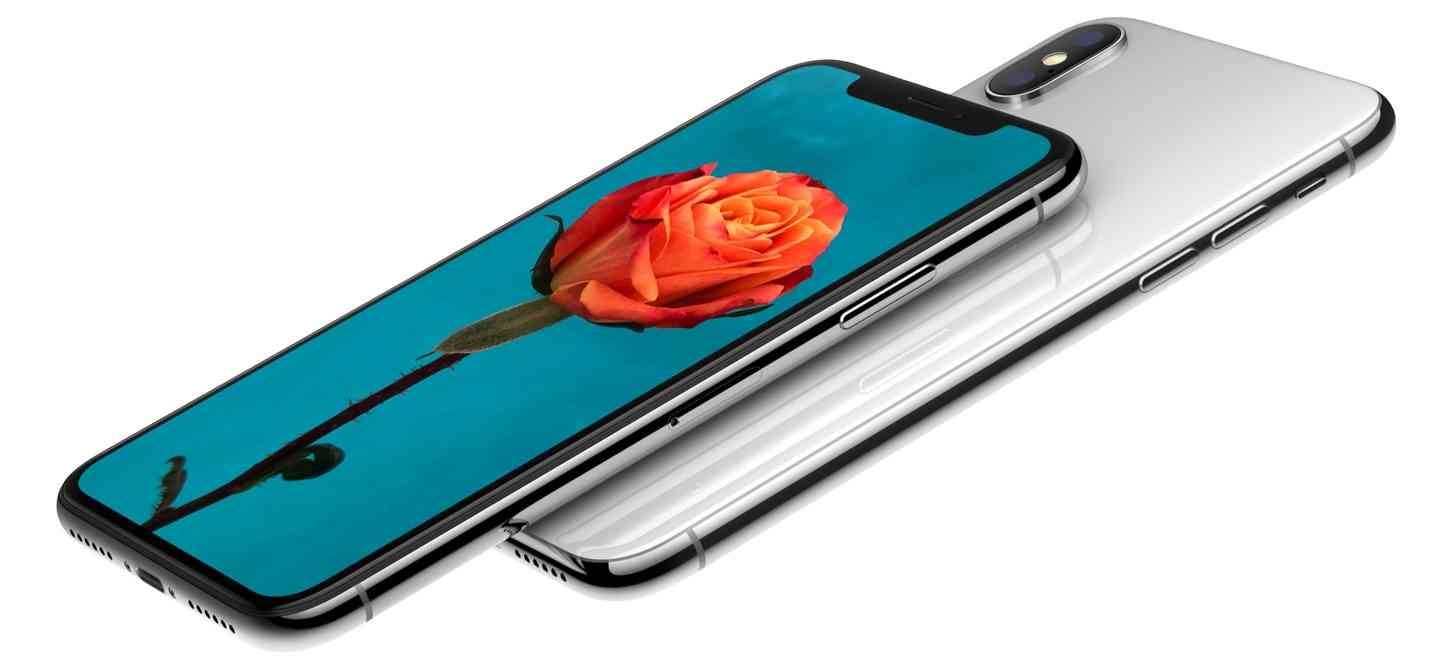
Apple’s iPhone was once a very simple concept: one company, one smartphone. Over the years, however, that concept evolved as the wants, needs, and demands of consumers have changed. Apple’s “one size fits all” approach lost its effectiveness as the number of viable alternative options increased, leaving Apple little choice but to offer more than just one iPhone variant.
It started with the iPhone 5S. Alongside its annual flagship, Apple also announced the iPhone 5C as a cheaper alternative. The following year Apple would again reveal two iPhone variants, this time in the form of the iPhone 6 and the larger iPhone 6 Plus. This trend would spill into the following year with the iPhone 6S and 6S Plus. In 2016, Apple changed things a little more. Although the company released the iPhone 7 and 7 Plus, earlier in the year they also released the iPhone SE, an homage to the iPhone 5's design but with iPhone 6S specs.
This year, Apple again released three different phones, albeit not quite in the same way they did last year. Strangely, Apple announced three flagships this year, all at the same time: the iPhone 8, 8 Plus, and the iPhone X.
As bizarre as the decision to release three flagships at once is, here we are. Additionally, Apple still sells the iPhone 7, 7 Plus, 6S, 6S Plus, and SE models on their website. Customers looking to purchase a new iPhone can choose between a grand total of eight iPhones – a lot more than the one or two models people used to be able to choose between.
If you’re in the market for a new iPhone, you may be wondering: Which one is right for me? Although iPhones share many of the same qualities across the board, they do have their differences that may or may not impact your decision.

Although the device came out in early 2016, the iPhone SE has held up exceptionally well in my opinion. It shares many of the same specs of the iPhone 6S, but has lower screen brightness, no 3D touch, a first-generation Touch ID fingerprint sensor, and a lower resolution front-facing camera. As a result, the iPhone SE has phenomenal battery life despite its small size. Apple upgraded the base model to 32GB of internal storage from the original 16, and it also has a 3.5mm headphone jack. The iPhone SE is the cheapest iPhone of the bunch with a starting price of $349.

Released in September of 2015, the iPhone 6S and 6S Plus still have a couple of good things going for it over newer models, namely its 3.5mm headphone jack and price.
At $449, the iPhone 6S is $100 more than the iPhone SE, but you also get more with the 6S: a larger and brighter 4.7-inch display, 3D Touch, and an updated Touch ID fingerprint sensor. The iPhone 6S Plus starts at $549. With the Plus, you’re mostly just getting the larger 5.5-inch display and a larger battery, but for many that’s exactly what they’re looking for. At the end of the day, $549 is still a solid price when it comes to iPhones.

Here’s where things might get a little murky. On the one hand, the iPhone 7 and 7 Plus came out just one year ago, which means it will have longer software support than the SE, 6S, and 6S Plus. On the other, Apple omitted the beloved headphone jack in the iPhone 7 and beyond, which many consider to be a deal-breaker.
But if it’s not, then the iPhone 7 is not a bad phone to consider. It has all the things you’d expect from an iPhone upgrade such as a more powerful processor, a new IP67 dust and water resistance rating, stereo speakers, and camera improvements. Oh, and it also comes in that snazzy (PRODUCT)RED color. For the most part, however, differences between the iPhone 7 and 6S are minimal.
The iPhone 7 Plus, on the other hand, offers more than just a larger screen and battery apart from its smaller counterpart; it also features an impressive dual rear camera setup.
The iPhone 7 has a starting price of $549, $100 more than the starting price for the iPhone 6S. The iPhone 7 Plus starts at $649 for its base model. It seems pretty straightforward until you consider the price of the 32GB iPhone 7 costs as much as the 128GB iPhone 6S, so one might consider what’s more important here: overall longevity of a device and some upgrades, or triple the amount of storage? Of course, if both are important, one could always choose to spend an extra $100 to get the best of both worlds.

Apple’s iPhone 8 and 8 Plus are two of the newest iPhones on the market, but were quickly placed on the backburner once the iPhone X was announced alongside it. The iPhone 8 and 8 Plus look much like the iPhone 6, 6S, and 7, although the 8 features a glass back that allows for Qi wireless charging (and kept the IP67 rating). The iPhone 8 and 8 Plus also have the new A11 Bionic processor, the same processor seen in the iPhone X.
Apple claims that battery life is better in the iPhone 8 than in the 7, despite having a smaller battery. While that claim is subject to a person’s use of the device, one benefit of going with the 8 over the 7 is that Apple included fast charging in the 8, claiming that the device can charge to 50% in as little as 30 minutes.
Although the iPhone 8 and iPhone 7 are identical in the camera department, the same cannot be said of the 7 Plus and 8 Plus as the dual camera setup on the back of the 8 Plus has larger sensors and can process photos faster. The new Portrait Lightning mode, a feature Apple announced alongside the new iPhones this year, is a feature of iOS 11 for iPhones with dual cameras, so iPhone 7 Plus users can take advantage of this feature as well.
Overall, the iPhone 8 and 8 Plus will of course cost you more, but will get you longer software support, better battery life, more storage for the base model (64GB), Qi wireless charging, and a slightly improved camera if you go with the 8 Plus.

Finally, we get to Apple’s clear showcase device for the year. Nestled in between the physical sizes of the iPhone 8 and 8 Plus, the iPhone X radically redesigns the iPhone in two big ways: it has an (almost) all-screen 5.8-inch OLED display, and there’s no more home button – or fingerprint sensor, for that matter. In exchange for the all-screen display, users now must utilize either a passcode or Face ID to unlock the device.
The biggest differences between the iPhone X and iPhone 8 are its displays and price tag, as the iPhone 8, 8 Plus, and X share the same internals and storage amounts. The iPhone X will cost a whopping $999, spilling well past $1,000 once you include taxes. That’s $300 more than the iPhone 8 and $200 more than the iPhone 8 Plus, which is a pretty big price jump just for a bigger (and arguably better quality) display.
At the end of the day, there’s a lot to consider if you’re in the market for a new iPhone. Do you want something small, cheap, and reminiscent of older iPhone designs without sacrificing performance? Then the iPhone SE is for you. Need something bigger with a headphone jack that’s still on the cheaper side of things? The iPhone 6S is still a good choice. Need a phone that’s more resistant to the elements and will have an additional year of software support? The iPhone 7 and 7 Plus might be right up your alley. Want something that will last longer than that and has wireless charging support? Check out the iPhone 8 and 8 Plus. Want a device that looks like it was made in 2017? Then the iPhone X is probably your best bet. Want to check out in-depth technical comparisons between models? Apple has a handy tool right on their website to help you out.
I used to think that having too many options would be a negative thing for Apple, but I was wrong. Instead of having one or two exorbitantly priced phones, there’s now a much wider range of devices priced between $349 and $999. Although I would argue that Apple still hasn’t truly entered the “budget” smartphone market yet, their range still covers a broad spectrum that ends up suiting a lot of people’s needs.